Tokenization is rapidly transitioning from pilot projects to practical applications, with the World Economic Forum projecting up to $700 billion in private equity and venture capital assets poised for tokenization. This evolution could transform the structure of global finance. Across the Asia-Pacific (APAC) region, countries are already taking decisive steps. Hong Kong’s spot ETFs attracted $400 million on launch day, Japan is preparing an SBI–Franklin Templeton-backed ETF, and Singapore’s Monetary Authority (MAS) is finalizing tokenization frameworks.
In an interview with BeInCrypto, Max Gokhman, Deputy CIO at Franklin Templeton Investment Solutions, emphasized that retail investors will likely drive early liquidity, followed by institutional adoption once secondary markets mature. Japan’s Financial Services Agency (FSA) updated its fund guidelines in 2025 to enable new ETF structures, underscoring a retail-first approach that could pave the way for institutional growth.
Before ETFs, investors turned to proxy assets like MetaPlanet’s Bitcoin accumulation and Solana’s $2.7 billion lending commitments, revealing strong demand but also higher systemic risks. Gokhman argued that tokenized ETFs will reduce leverage and counterparty exposure by ensuring assets are held directly on-chain.
Singapore’s Project Guardian exemplifies APAC’s leadership, expanding tokenized fund access to retail investors by 2027. The WEF projects 10% of the $7 trillion PE/VC market could be tokenized by 2030. Meanwhile, the U.S. lags amid regulatory uncertainty, while European markets remain compliance-focused.
Gokhman noted that APAC investors—particularly family offices—are driving sophisticated digital strategies, viewing tokenization as a long-term portfolio transformation rather than mere exposure. As digital assets trade continuously, he remarked, “Money never sleeps, but tokens don’t.”
With tokenized treasuries surpassing $5.5 billion and stablecoins reaching $224.9 billion, ETFs are just the starting point. Franklin Templeton is exploring new tokenized vehicles and partnerships to build on-chain infrastructure, signaling a future where all assets could exist in tokenized form.






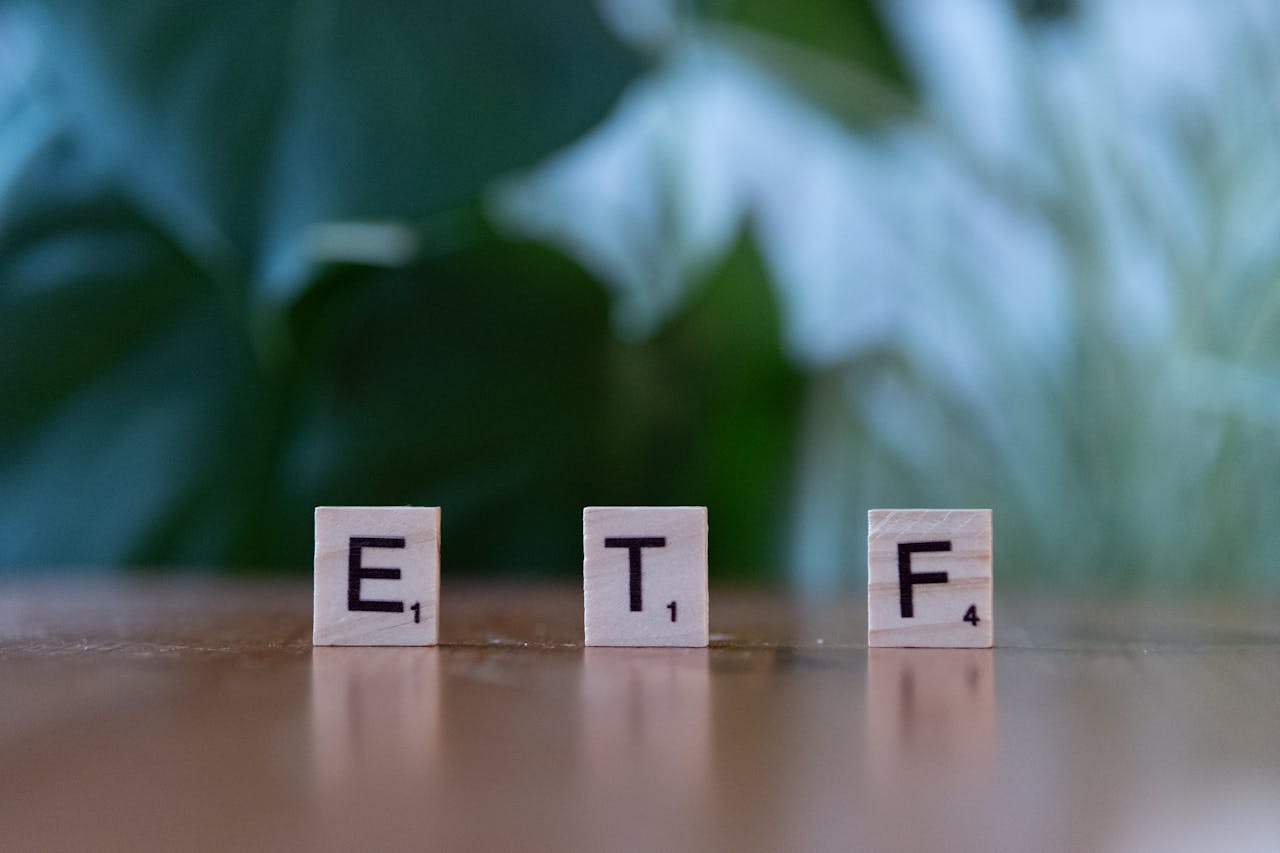
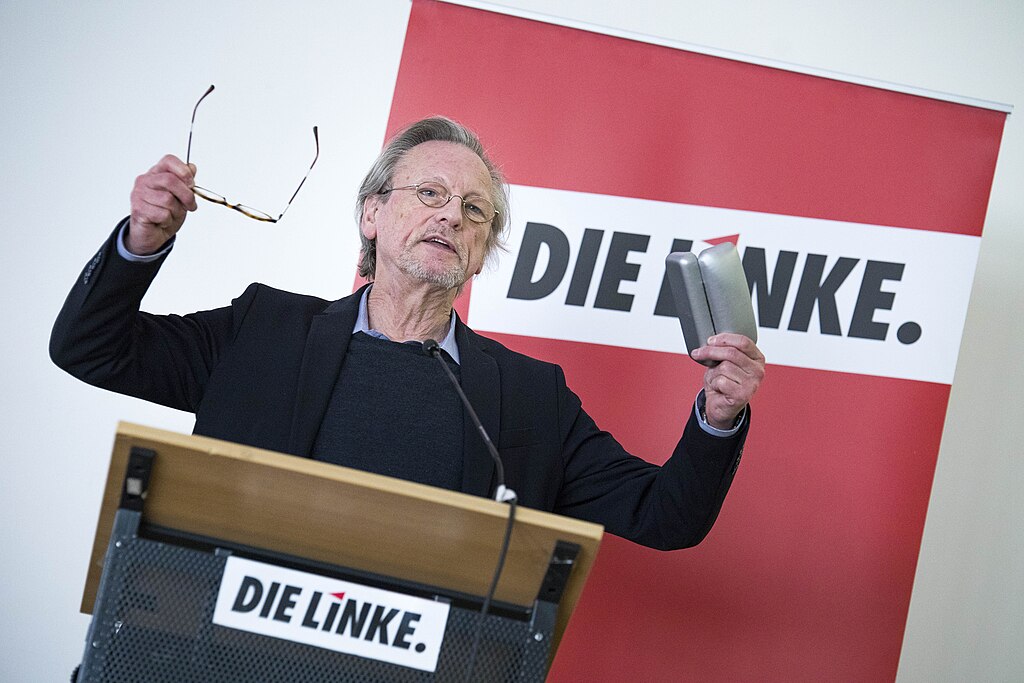
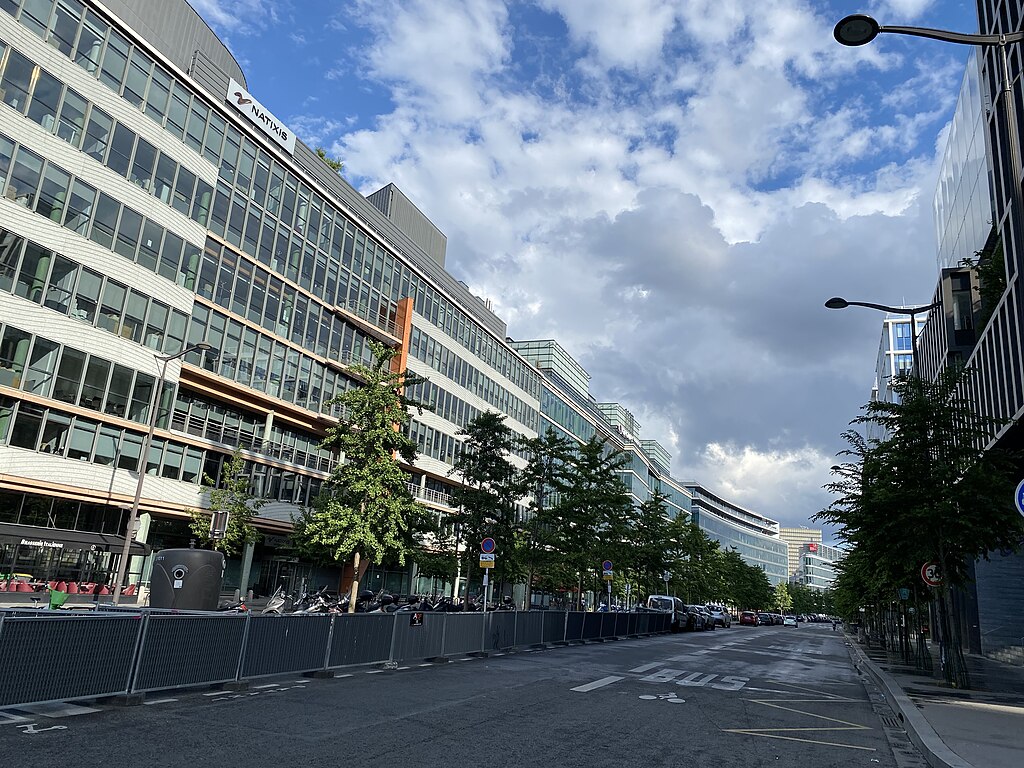

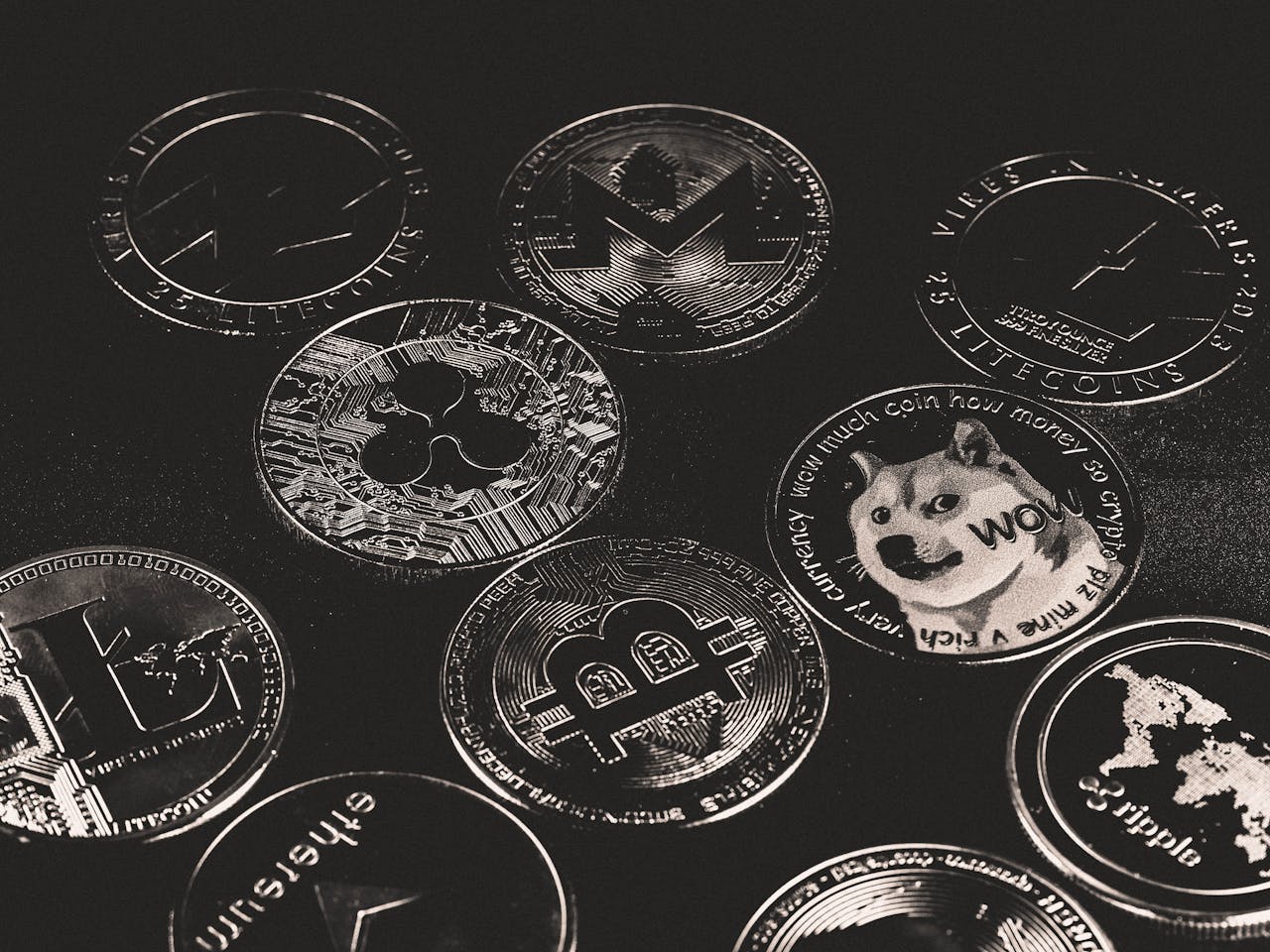

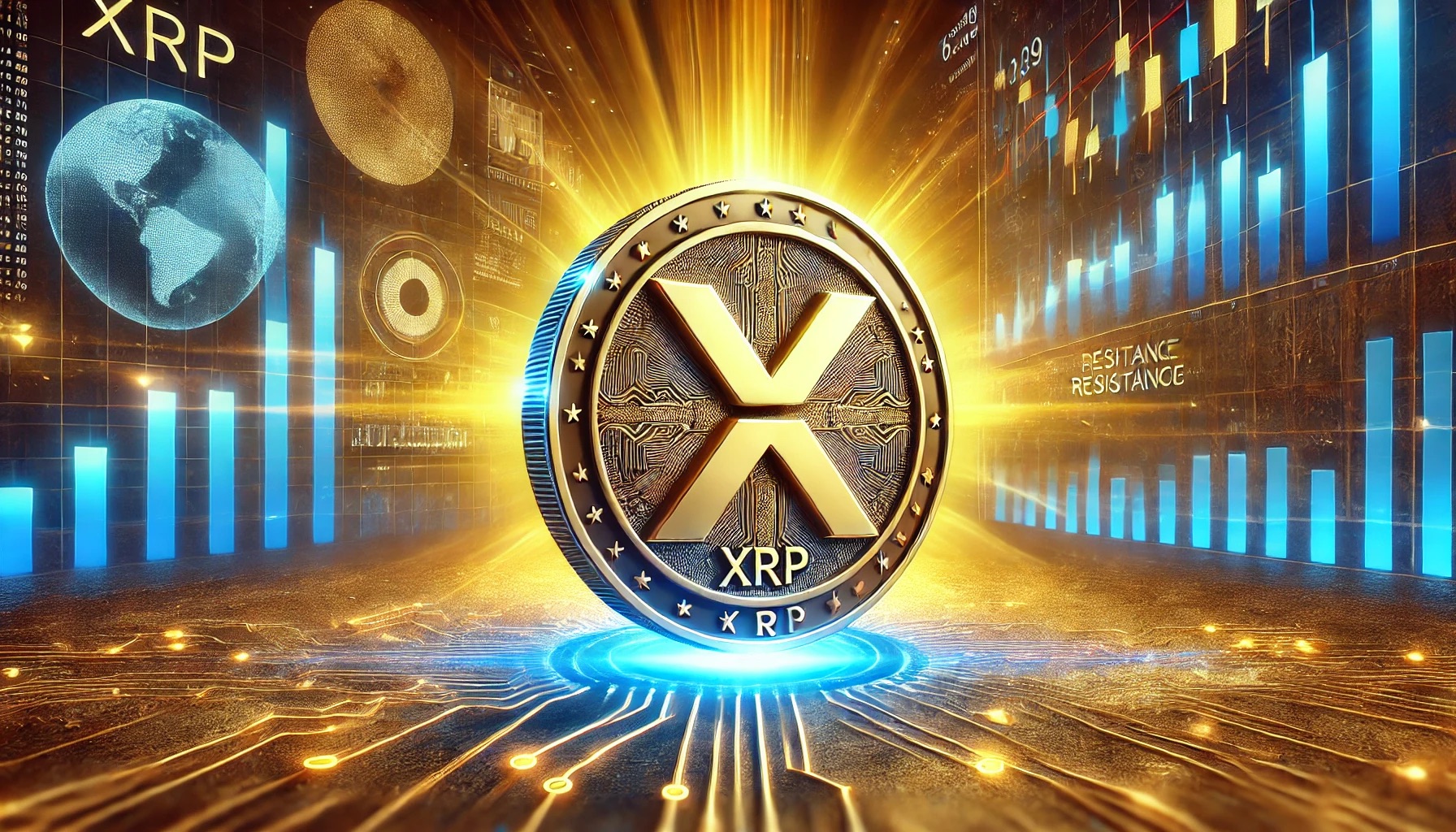
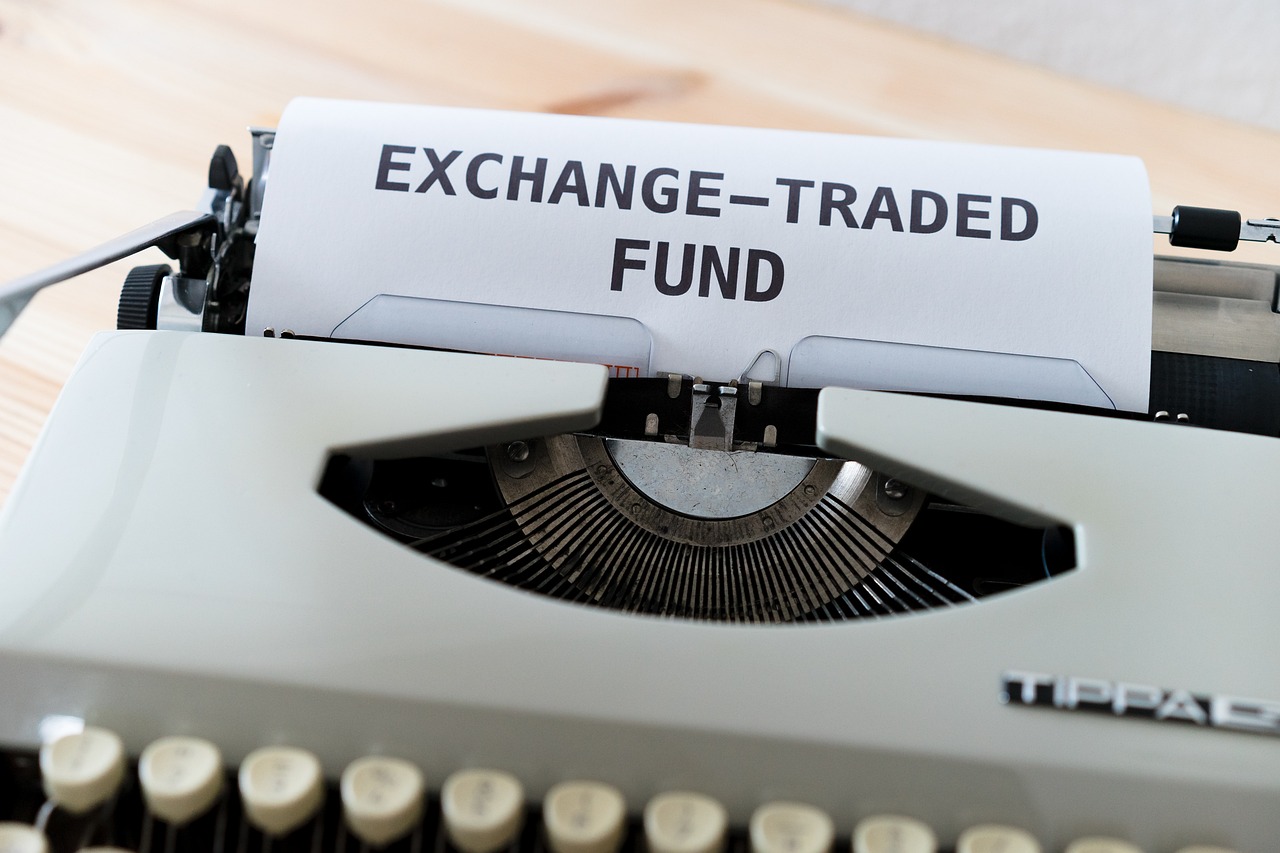


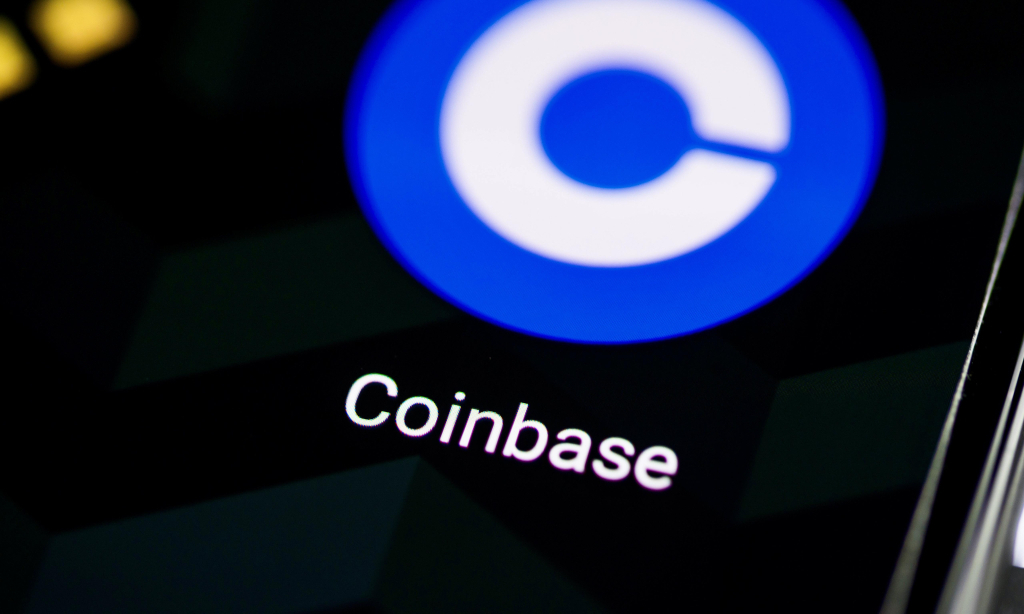
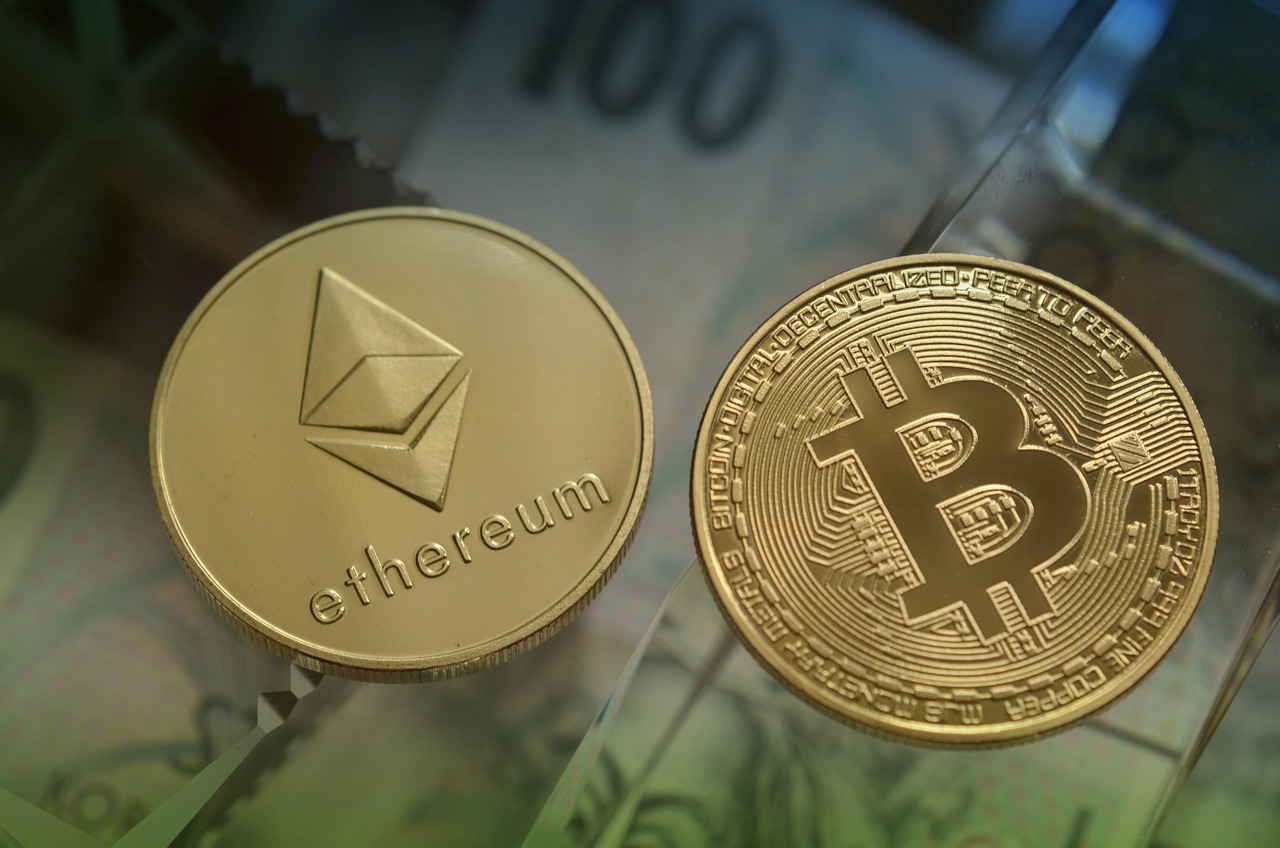
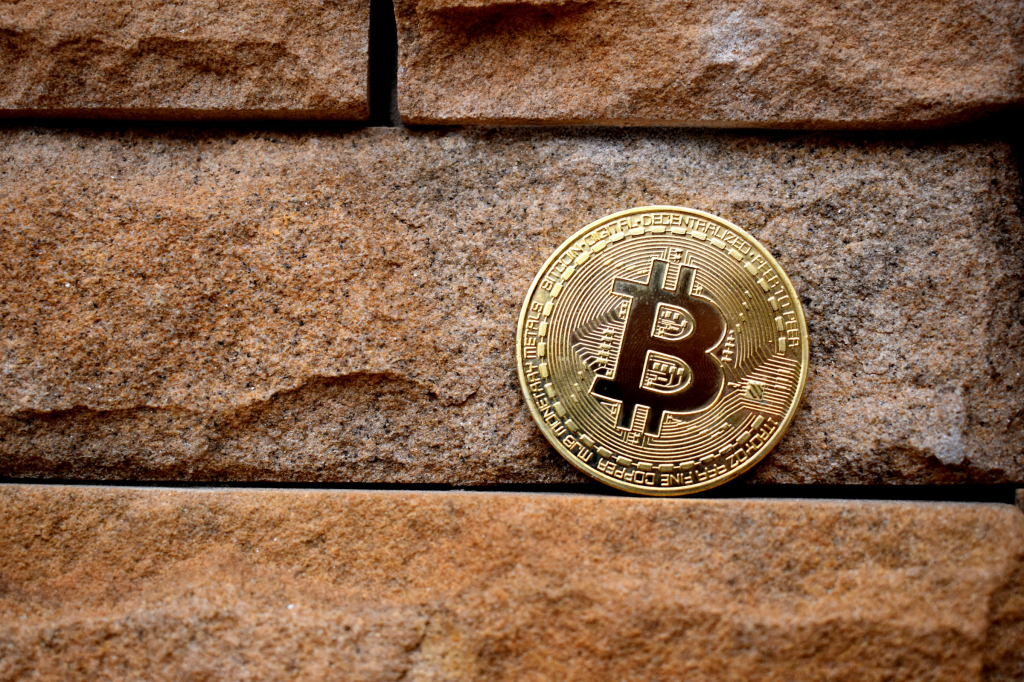
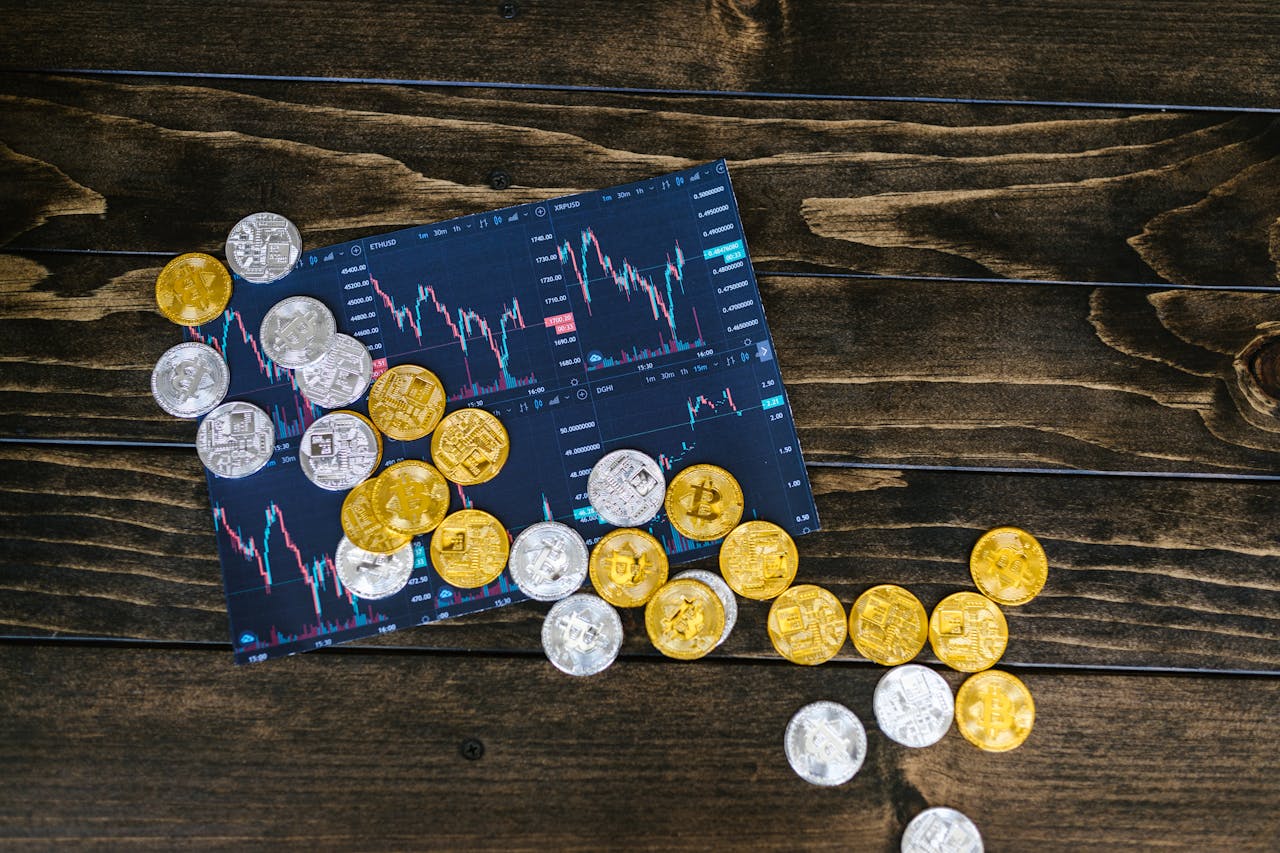
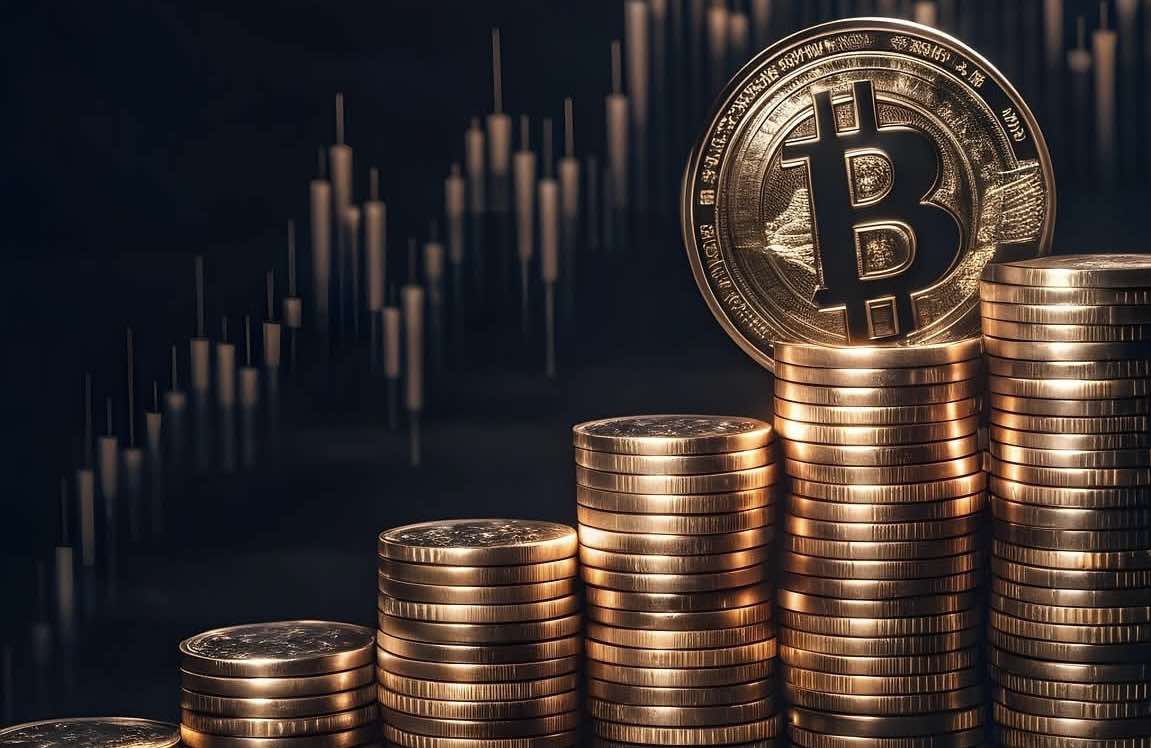
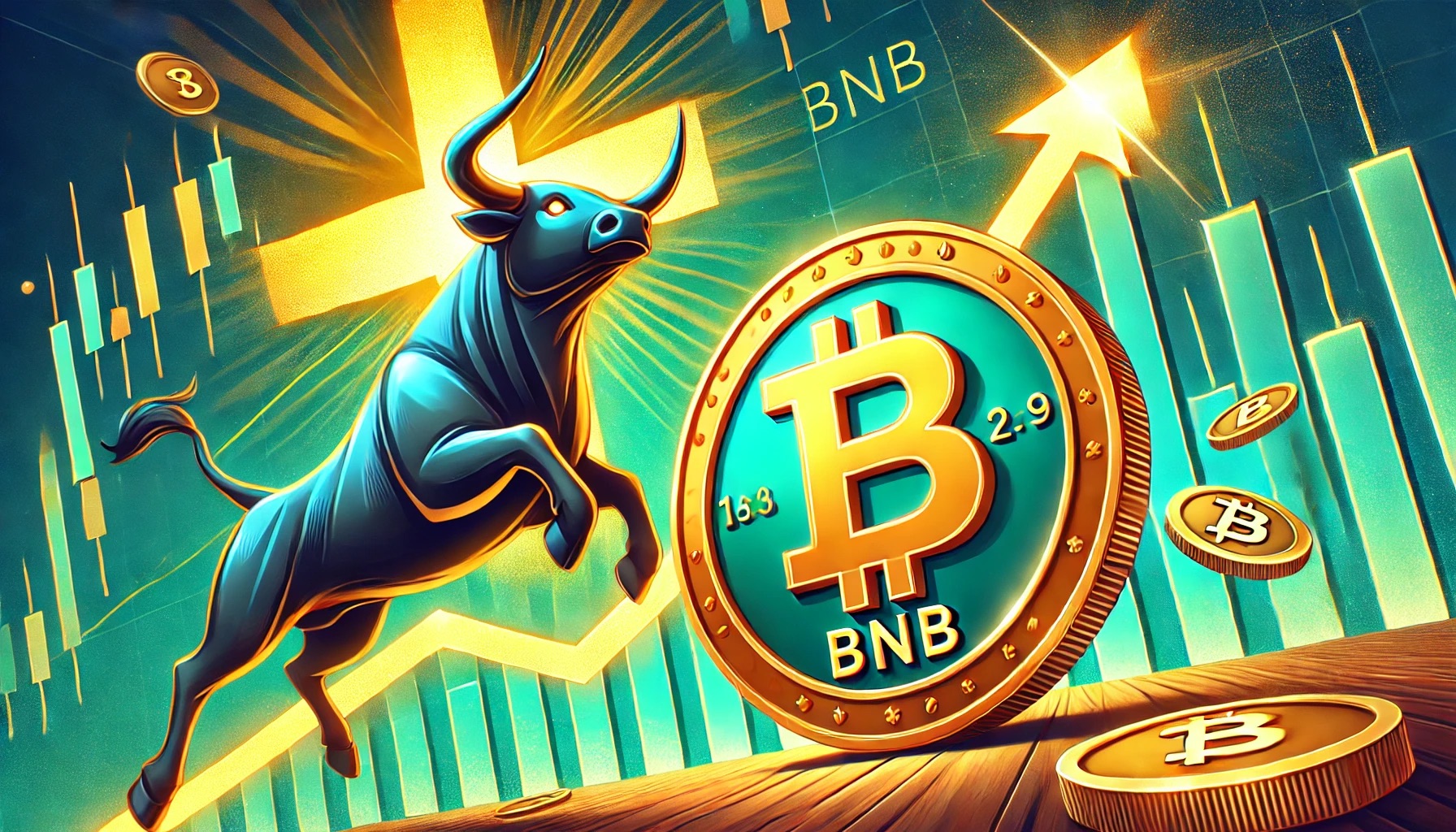
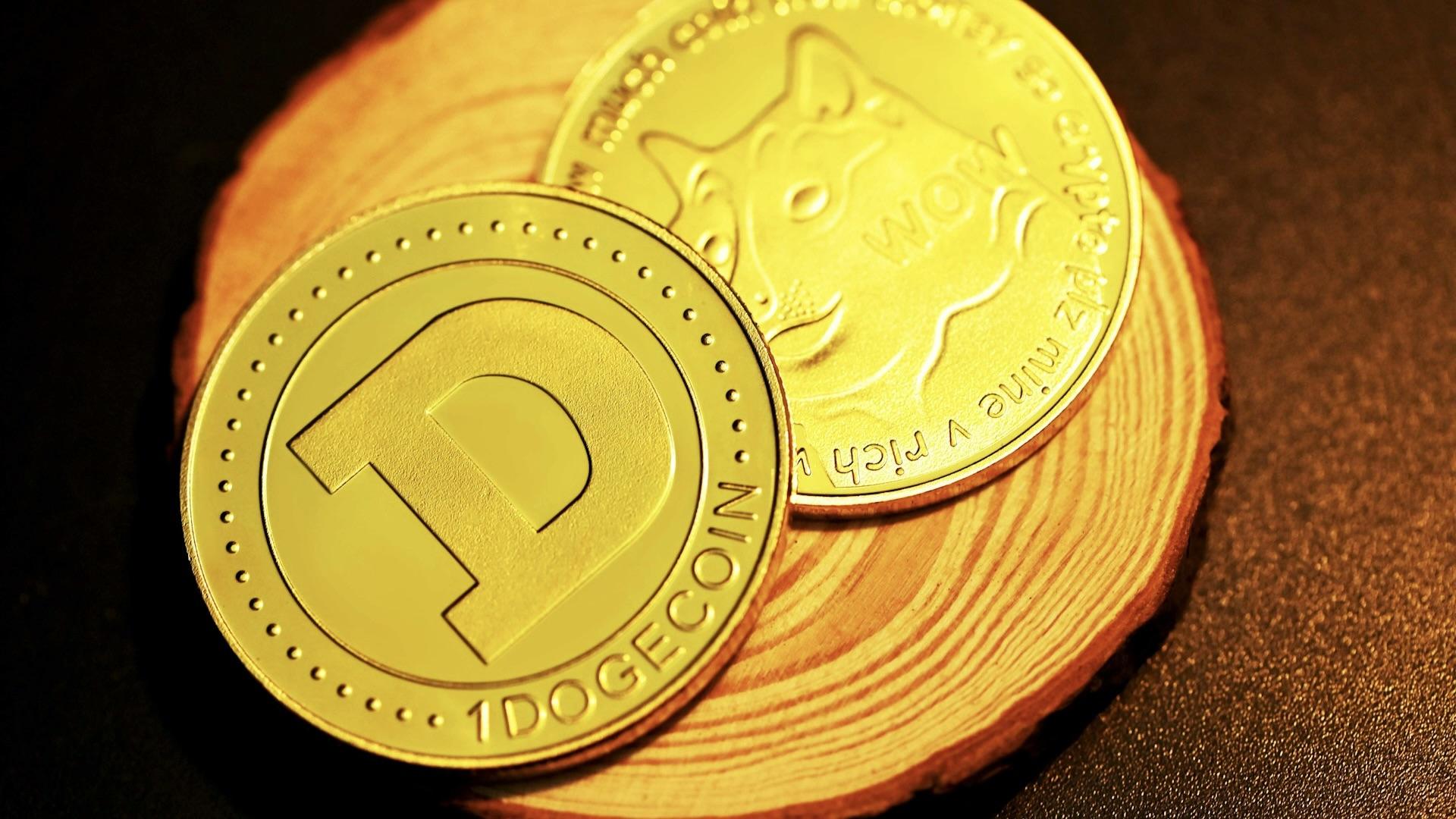



Comment 0